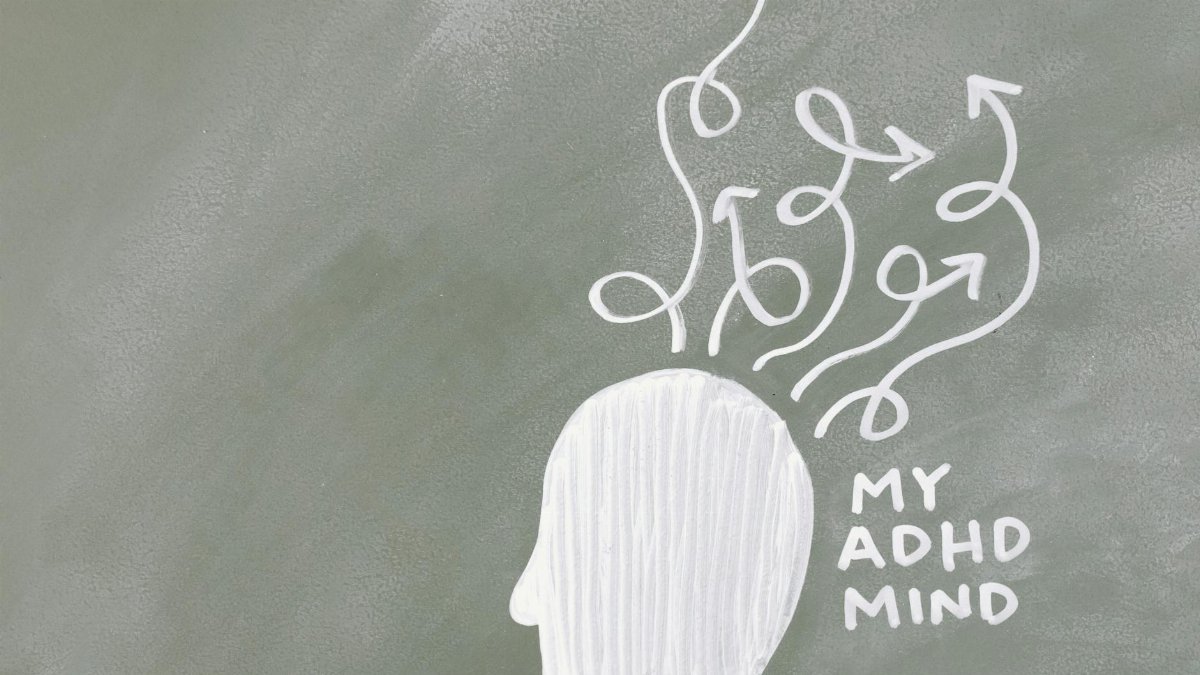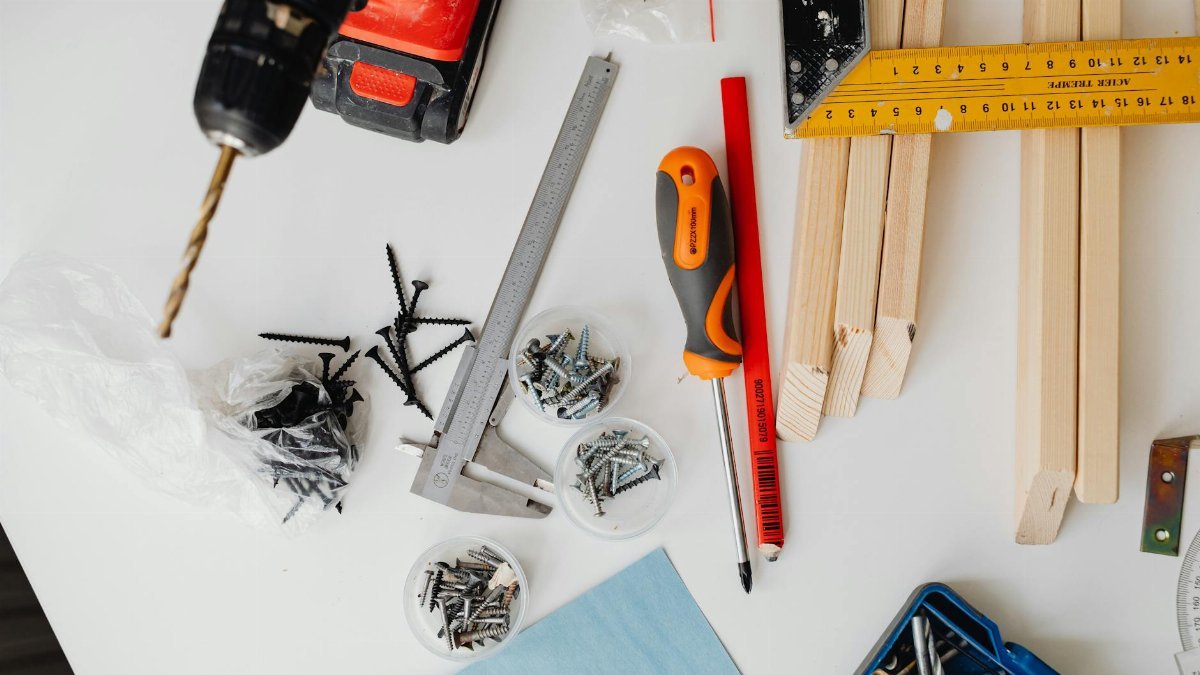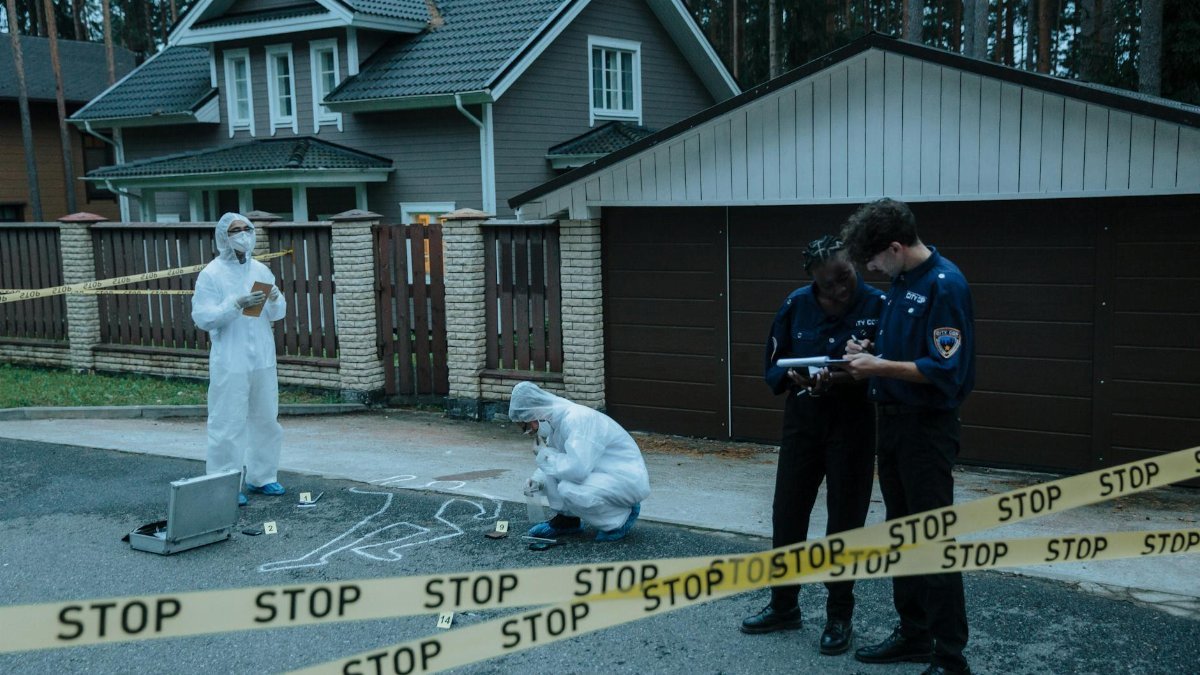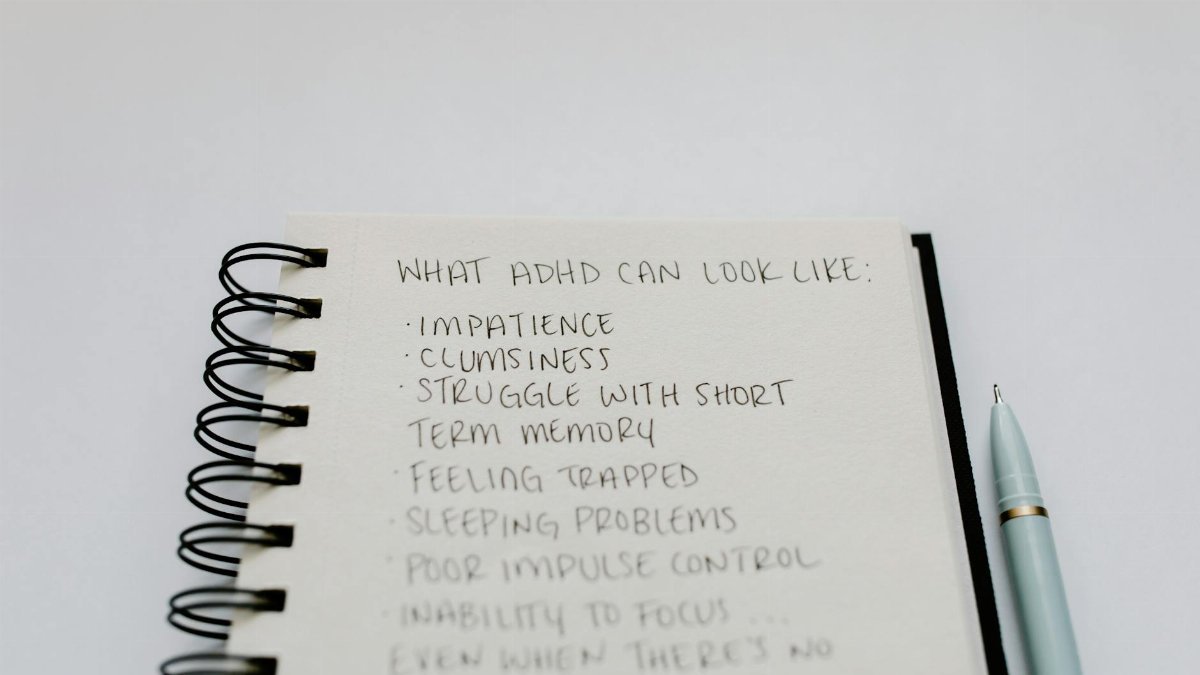Is proprioceptive meditation ADHD really the game-changer it’s hyped to be? This emerging practice, which combines body awareness with mindfulness, is gaining traction among those seeking non-medication strategies for managing attention deficit hyperactivity disorder. Unlike traditional meditation, it focuses on physical sensations to ground the mind, potentially easing the chaos of ADHD symptoms. With more Americans exploring alternative therapies in 2025, this technique is catching attention for its accessibility and reported benefits. But what’s the real story behind it, and can it deliver on the promise of improved focus?
What Is Proprioceptive Meditation for ADHD?

Proprioceptive meditation involves tuning into the body’s position and movement in space, often through slow, deliberate actions or postures. For individuals with ADHD, this can create a calming anchor when the mind races. It’s not about sitting still in silence—something many with ADHD struggle with—but engaging the body to quiet mental noise. Think of it as mindfulness with a physical twist, tailored to those who find traditional methods frustrating or ineffective.
Why ADHD Brains Might Benefit

ADHD often disrupts focus due to an overactive mind and underactive self-regulation. Proprioceptive activities, like balancing exercises or weighted vests during meditation, stimulate sensory input that can soothe the nervous system. Research suggests sensory-based interventions may help regulate attention and reduce impulsivity. A study from the University of California, Davis, highlights how sensory integration can improve focus in neurodivergent individuals ( UC Davis News ). For ADHD, this could mean fewer distractions.
How It Differs From Standard Meditation

Standard meditation often emphasizes mental stillness, which can feel impossible for someone with ADHD. Proprioceptive meditation ADHD flips the script by prioritizing physical awareness over mental silence. Instead of fighting wandering thoughts, practitioners focus on bodily sensations—say, the pressure of feet on the ground. This active engagement can bypass the frustration of “clearing the mind” and offer a more accessible entry point for those with attention challenges.
Practical Ways to Try It

Getting started doesn’t require fancy equipment or hours of time. Begin with simple exercises like standing on one leg while noticing how your muscles adjust. Or try a slow arm swing, focusing on the weight of each movement. Even squeezing a stress ball during a quiet moment can work. The goal is to connect body and mind, creating a feedback loop that calms overactive thoughts. Start with just five minutes daily to build the habit.
Evidence and Expert Opinions

While research on proprioceptive meditation ADHD specifically is limited, related studies on sensory therapies show promise. The National Institutes of Health notes that sensory-based interventions can reduce hyperactivity in children with ADHD ( NIH Study on Sensory Interventions ). Experts like occupational therapists often recommend these techniques to complement behavioral therapies. However, they caution it’s not a cure—all and stress the need for personalized approaches based on individual symptoms.
Challenges to Watch For

Not everyone finds proprioceptive meditation easy. Some with ADHD may struggle with body awareness or feel restless during slow movements. Others might need guidance to avoid overstimulation from sensory input. It’s also not a quick fix—consistency matters, and results can take weeks. Pairing this practice with professional support, like therapy or coaching, can help address these hurdles and fine-tune the approach for maximum impact.
Who Should Consider This Approach?

This method may suit those with ADHD who feel stuck with traditional mindfulness or medication side effects. It’s especially appealing for kids or teens, as the physical focus can feel more like play than discipline. Adults juggling high-stress lives in 2025 might also find it a practical way to reset during busy days. However, anyone with co-occurring conditions like sensory processing disorder should consult a specialist before diving in.
Next Steps for Better Focus

Interested in trying proprioceptive meditation ADHD for yourself or a loved one? Start small, experiment with different sensory inputs, and track what feels grounding. Connect with ADHD support groups or occupational therapists for tailored advice. While it’s not a replacement for medical treatment, it could be a valuable tool in the toolkit for managing symptoms. As alternative therapies gain ground this year, staying informed is key to finding what works.
Disclaimer
The content on this post is for informational purposes only. It is not intended as a substitute for professional health or financial advice. Always seek the guidance of a qualified professional with any questions you may have regarding your health or finances. All information is provided by FulfilledHumans.com (a brand of EgoEase LLC) and is not guaranteed to be complete, accurate, or reliable.
